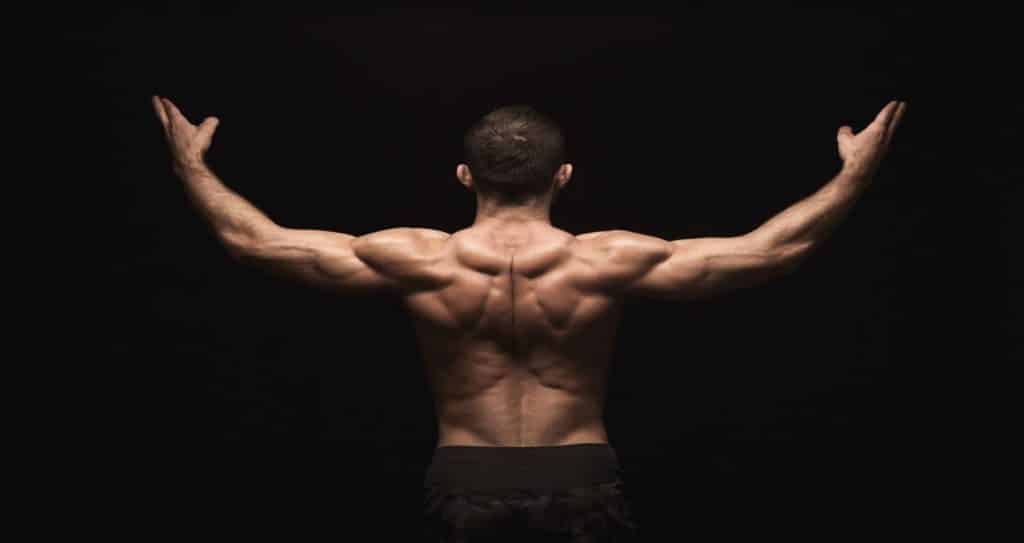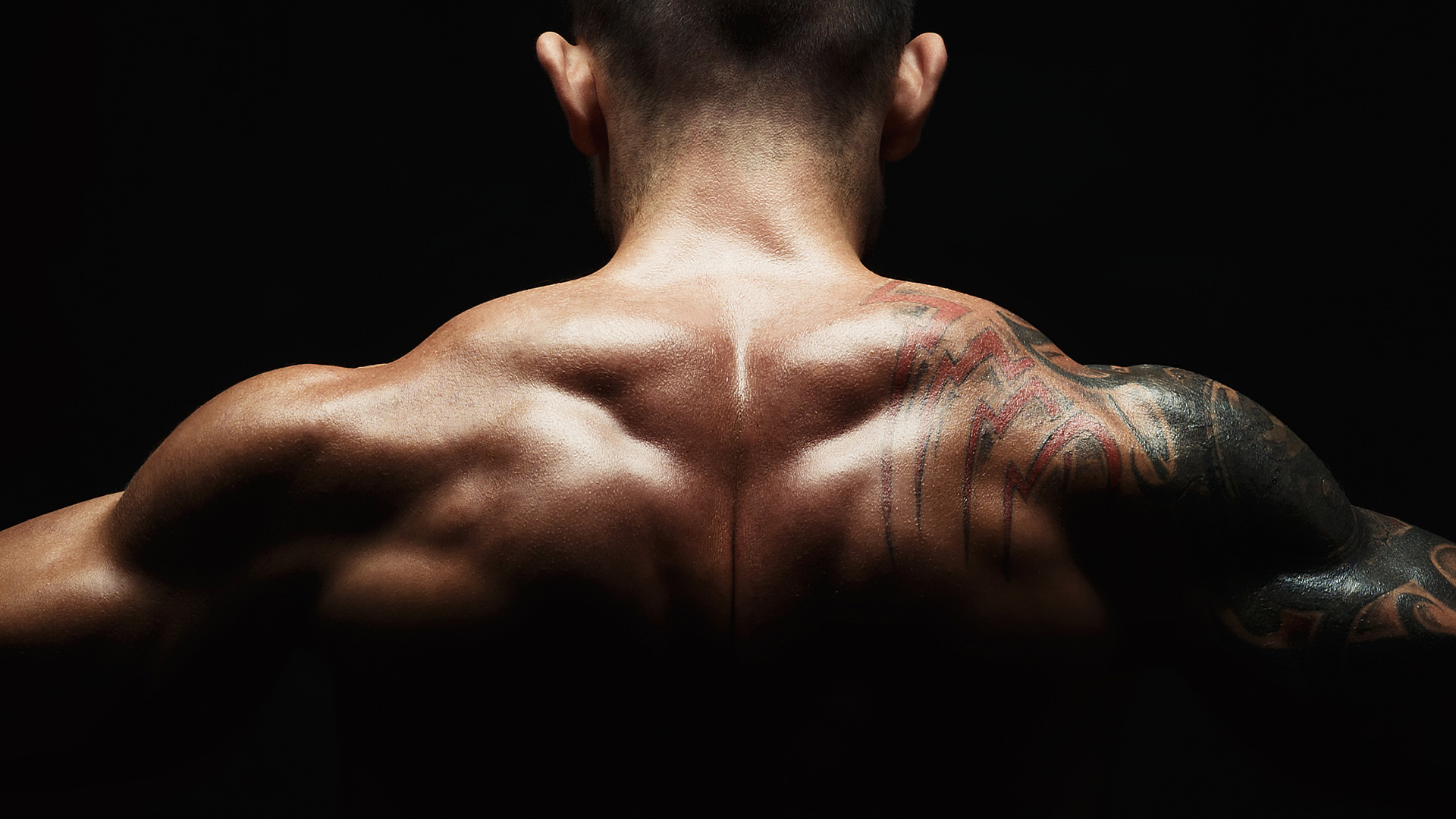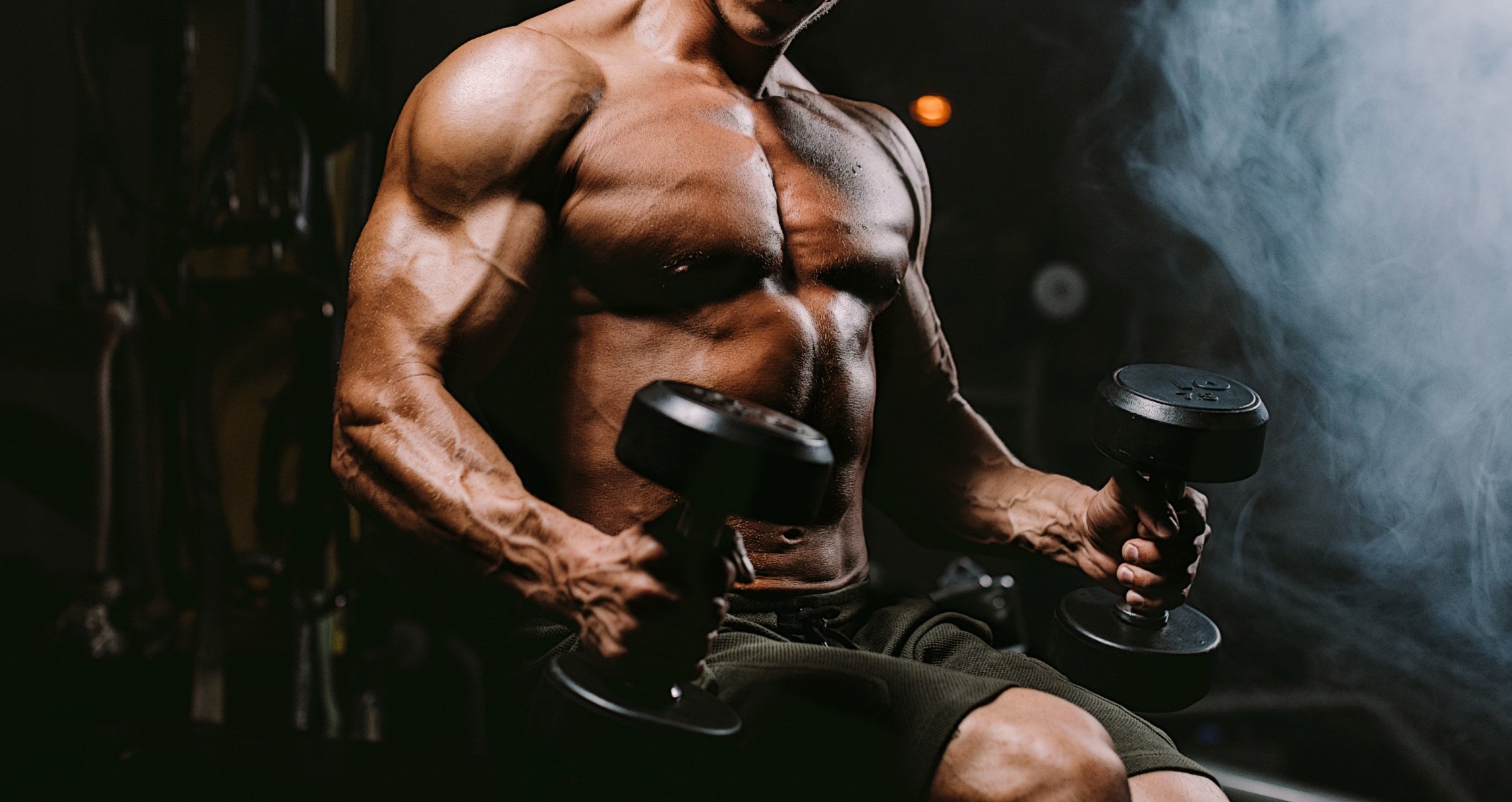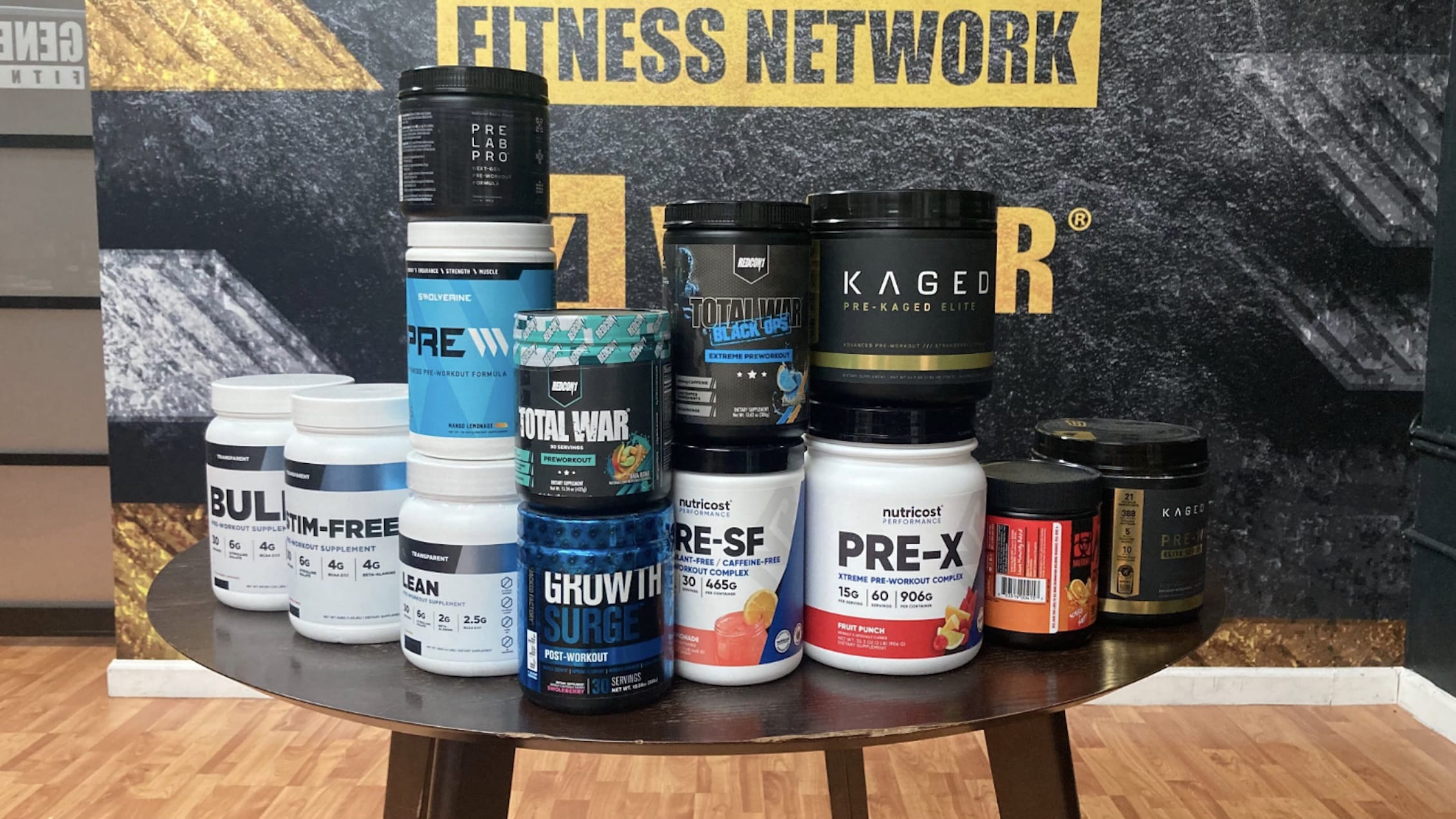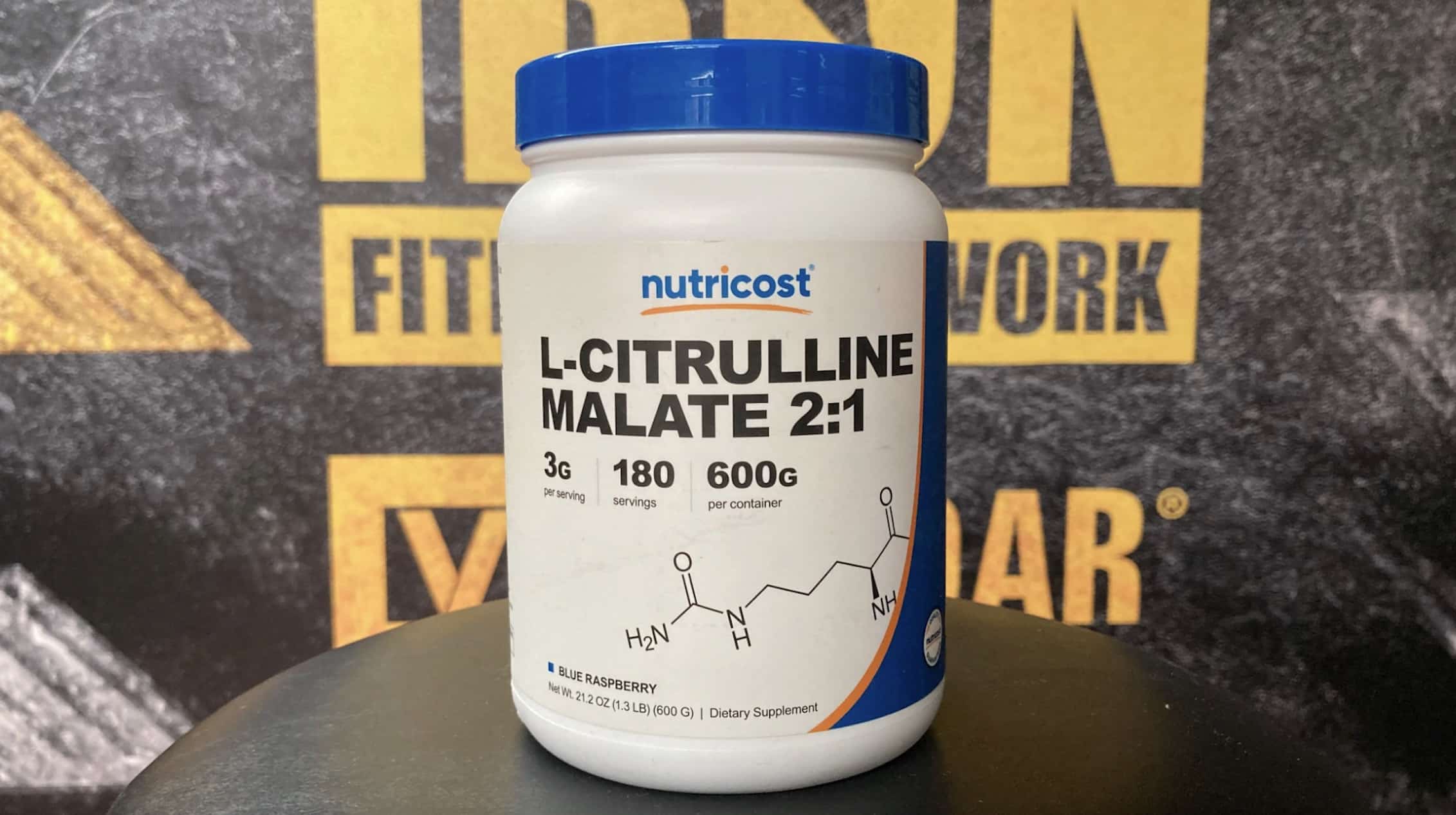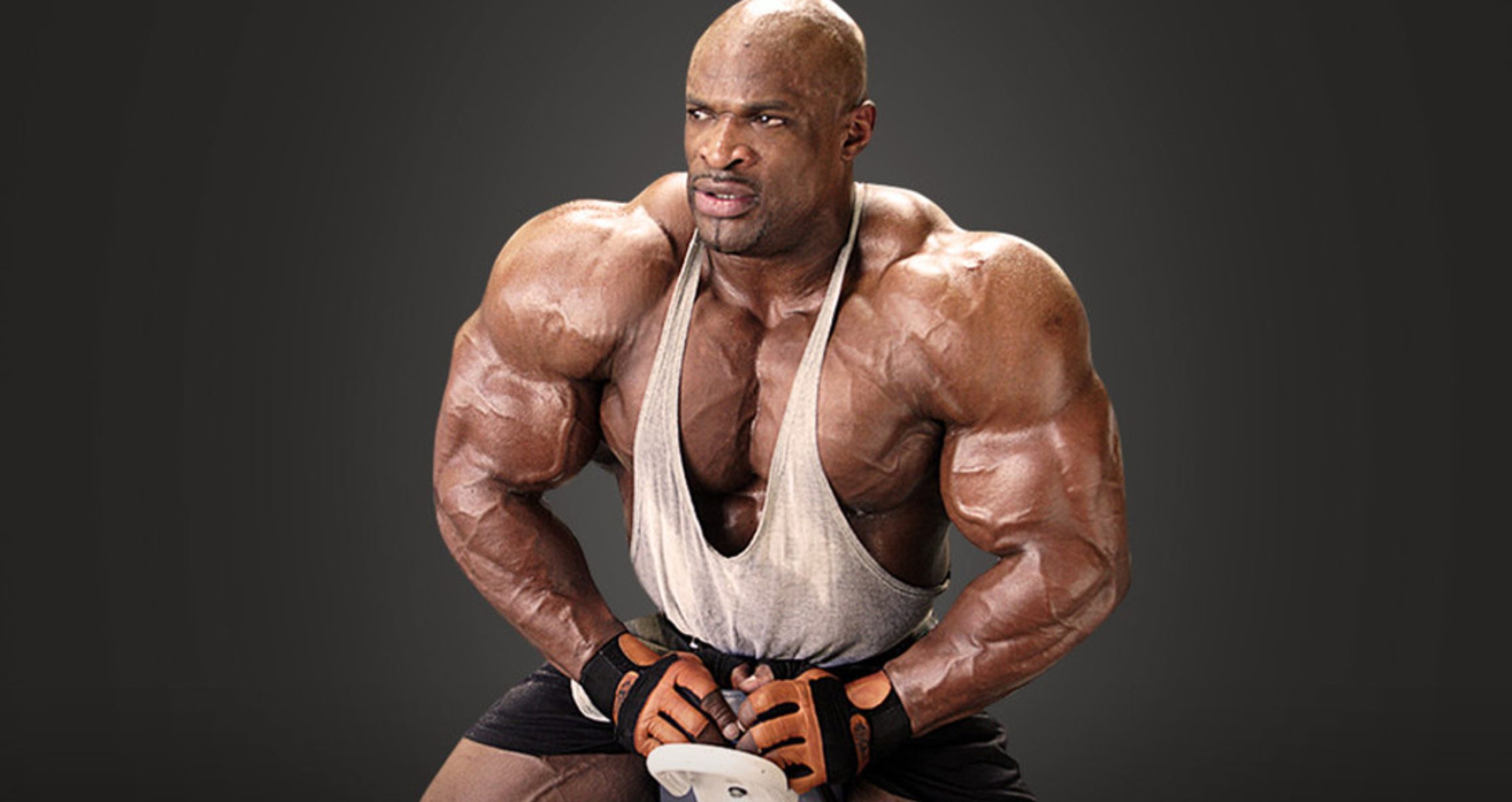Prone trap raises target the often neglected lower traps.
Building your upper body requires a balanced approach to back, chest, and arm exercises to create a well-defined physique and develop the strength needed for everyday activities (1). However, focusing on specific muscles can often lead to the neglect of others. In upper body training, a commonly overlooked muscle group is the trapezius, or traps—a large, triangular muscle on either side of your back that stretches from your neck to your shoulders.
The traps play a crucial role in supporting movement, stabilizing your head and shoulders, and enhancing the overall aesthetics of your back. Yet, many bodybuilders and fitness enthusiasts prioritize lat development while neglecting the traps, risking muscle imbalances that can lead to injuries.
This article dives into training your traps and explores why they deserve more attention in your fitness routine. We’ll also highlight trap raises—an effective exercise for isolating, strengthening, and building the traps. By the end, you’ll understand how trap raises target this critical muscle group and learn how to perform them correctly for optimal results.
Overview — What Is the Trap Muscle?
The trap, also known as the trapezius muscle, is a large triangular muscle located at your posterior. It plays a vital role in posture, moves the neck, and helps stabilize the shoulders (2). This muscle also enables you to twist your torso. The trapezius muscle consists of three parts:
- The Upper Traps (Superior Section): This section allows you to raise your shoulders and move your head and neck in all directions. It also includes raising your arms and maintaining posture.
- The Middle Traps: This part assists your shoulder movements like retracting, rotating, and pulling the shoulder blades together. It also helps with shoulder extension and stabilizing the shoulder girdle.
- The Lower Traps (Inferior Section): The lower traps help maintain a good posture. It also involves lifting your arms above your head, bringing the shoulder blades together and downwards. It also helps with raising your arm above your head.
Weightlifters often do upper body exercises targeting upper and middle traps. These are effective stabilizers for common exercises like bench presses, shrugs, deadlifts, farmer’s walks, and face pulls. However, the development of these parts leaves the lower traps lagging. This guide shares an effective trap-building exercise below to give you a well-rounded and defined back.
Benefits of the Trap Muscles
What makes the traps so essential in bodybuilding?
- They promote functional movement patterns, making your everyday activities easier. These movements include raising your hands above your head, rotating your shoulder blades, twisting your torso from side to side, and turning your neck.
- The traps maintain correct posture, especially during exercises. This can help reduce the chance of injuries.
- The trapezius muscle keeps your head in place and balances the shoulder girdle.
- The trap muscles help boost overall upper body strength, which can help you lift heavier objects and maintain better form during exercises.
- Well-developed traps contribute to the aesthetic appeal of the back, contributing to that V-shaped back look.
Trap Raises: An Effective Exercise for Isolating & Building Your Traps
Trap raises help isolate the trap muscles effectively without recruiting other muscle groups. So when doing this routine, you don’t need to go heavy with your choice of gym equipment. You could just load a cable machine light or use light kettlebells, barbells, or dumbbells. There are different trap raises; however, the one that will be expanding on here is the prone trap raise.
The prone trap raises targets the lower traps specifically and should be done in an angled, lying position, preferably at 30 to 45 degrees on a bench. If you want to focus on each side of your body simultaneously, you can do this exercise unilaterally. This helps address possible strength and muscle imbalances, identify injuries, and promote muscle hypertrophy.
Performing a prone trap raise can be tricky, so using proper form when performing this exercise is crucial. Here is a comprehensive step-by-step guide on how to perform the prone trap raises with the correct form.
- Grab a pair of light dumbbells using a neutral grip and lie flat with your chest facing the incline bench.
- Let the dumbbells hang from your sides, pointing downwards.
- Keep your back straight and your shoulder blades in a neutral position (avoid pulling your shoulder blades too far back and rounding your shoulders).
- Next, start the movement by raising both arms using a neutral grip upwards and slightly outwards (as you raise your arms, your grip gradually switches from neutral to supinated grip).
- At the top of the movement, your arms should be like a Y-raise.
- Hold this position for about 2 to 3 seconds to feel your lower traps fully flexed (don’t raise your arms further to avoid recruiting the upper traps and deltoids), and slowly return your arms to the starting position, completing one rep.
- Perform this action for as many reps as you desire.
FAQs
What is a trap raise?
A trap raise is an effective exercise that works your trap muscles without recruiting other muscle groups. You can do it in a standing or lying position. However, when performing this exercise, keeping your shoulder in a neutral position to target your traps is essential.
What muscles do trap raises work?
Trap raises work your traps, but the prone traps described here specifically build the lower traps. Lifters often work their back muscles and other parts of the traps, neglecting the lower traps. You can include prone trap raises in your routine to balance things out and prevent muscle imbalance injuries.
How to do dumbbell trap raises?
You can perform trap raises using machines or free weights like dumbbells, kettlebells, or barbells. However, if you want to use dumbbells, especially for a prone trap raise, this article provides a comprehensive step-by-step guide on performing this exercise above.
Follow Generation Iron on Instagram, Facebook, and Twitter for more exercise guides!
References
- Coke, L. A., Staffileno, B. A., Braun, L. T., & Gulanick, M. (2008). Upper-body progressive resistance training improves strength and household physical activity performance in women attending cardiac rehabilitation. Journal of cardiopulmonary rehabilitation and prevention, 28(4), 238–247. https://doi.org/10.1097/01.HCR.0000327180.29122.83
- Johnson, G., Bogduk, N., Nowitzke, A., & House, D. (1994). Anatomy and actions of the trapezius muscle. Clinical biomechanics (Bristol, Avon), 9(1), 44–50. https://doi.org/10.1016/0268-0033(94)90057-4
